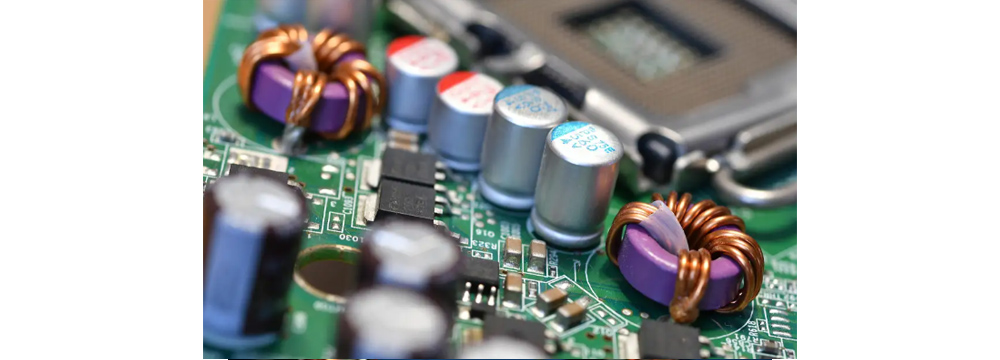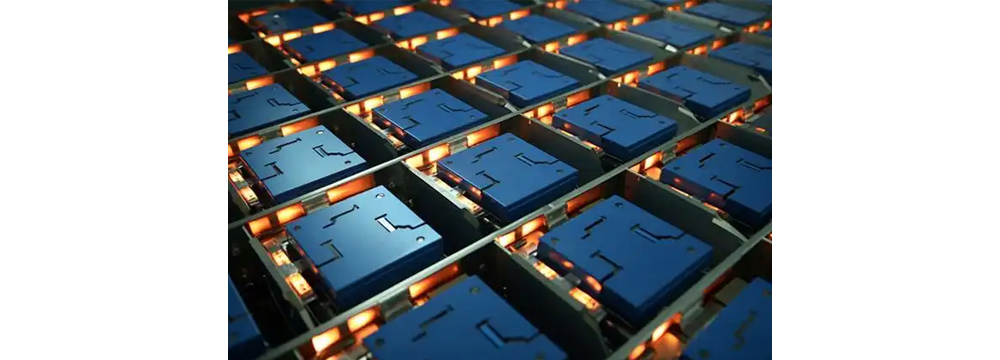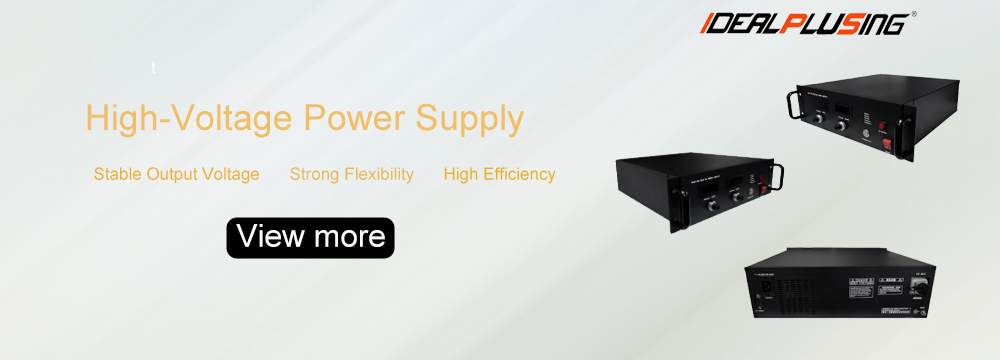Today, let's discuss high-frequency high-voltage power supplies, as opposed to industrial frequency high-voltage power supplies and medium frequency high-voltage power supplies, as well as a type of high-voltage power supply: high-voltage pulse power supplies.

1. What is a high-frequency high-voltage power supply?
A high-frequency high-voltage power supply is a high-voltage switching power supply with a switching frequency of approximately 50kHz, a medium frequency of approximately 2kHz, and an industrial frequency of 50/60Hz. Due to its high frequency, the transformer can be very small. Its advantages include compact size, high precision, fast dynamic response, and advanced technology. With soaring raw material prices and technological advancements, high-frequency high-voltage power supplies are becoming increasingly cost-effective. In fact, industrial frequency high-voltage power supplies have been phased out in developed countries.
1.1 High Conversion Efficiency of High-Frequency Power Supplies
The conversion efficiency of a single-phase DC power supply relative to its output power input is less than 70%. A three-phase high-frequency high-voltage DC power supply achieves a conversion efficiency of 95%, which can increase conversion efficiency by 25%, significantly reducing the load loss rate of the power grid and contributing to energy conservation.
1.2 Input Power Balance
Three-phase high-frequency DC power supplies use three-phase input, resulting in equal input current per phase, balanced input power, and low input current. Single-phase high-voltage DC power supplies use a single phase, which has a relatively high input current and cannot guarantee balanced three-phase power supply. For example, using an 800mA/72kV high-voltage power supply:
The three-phase primary current is 92A;
The single-phase primary current is 248A;
Reducing the primary supply current by more than 50%.
1.3 High Average DC Output Voltage
Single-phase power supplies have a voltage ripple range greater than 25%, resulting in poor linearity and a high risk of impedance mismatch, which can easily trigger spark discharges, resulting in low corona current and hindering dust removal efficiency.
Three-phase high-frequency power supplies have a voltage ripple range less than 5%, and their DC average voltage is close to the peak voltage, exhibiting excellent linearity. The DC voltage applied to the electrostatic precipitator is much higher than that of a single-phase power supply, thereby improving dust removal efficiency.

2. What is a high-voltage pulse power supply?
A high-voltage pulse power supply is an energy conversion device formed by superimposing a switching circuit on a high-voltage DC power supply. It realizes the adjustable pulse parameter function through solid-state switching devices such as IGBT and MOSFET. Its core technologies include LCC series-parallel resonant converter, Marx circuit structure and DSP control system, which can output nanosecond steep-edge pulses (typical rising edge <1μs) and adjustable voltage in the range of 0-50kV. The power supply works in conjunction with the solid-state switch through energy storage capacitors. The pulse width, frequency, amplitude and other parameters are all digitally adjustable, and the repetition frequency can reach up to 10kHz. Application areas include accelerator trigger control, medical electroporation treatment, industrial material surface modification and environmentally friendly plasma purification.
2.1 Technical Principle A two-stage topology design is adopted.
The front stage is an LCC resonant converter to realize soft switching charging, and the back stage adopts a full-bridge inverter topology to generate bipolar pulses [2]. The charging circuit controls the charging voltage accuracy through the DSP chip, and the pulse forming circuit uses the IGBT series component to accurately control the pulse parameters. The 64-stage IGBT series circuit developed in 2024 can output 40kV unipolar pulses with a pulse width adjustment accuracy of ±1%.
2.2 Industrial Applications
In metal additive manufacturing, it is used to drive high-power lasers, where the pulse repetition frequency must match the deposition rate (0-5kHz). Food sterilization applications require adjustable pulse widths of 5-12μs and output electric field strengths of 15-35kV/cm. The WZP5_ZMC series power supplies developed in 2025 achieve a pulse front steepness of <50ns for plasma purification applications.
A high-voltage pulse power supply is a high-voltage DC power supply with an additional switching circuit, enabling adjustable pulse amplitude, pulse width, pulse frequency, and a programmable number of pulses.
There are many types of high-voltage pulse power supplies, which can be categorized by their implementation method, including mechanical switching, solid-state switching, and Marx networks (Marx generators). Solid-state switching and Marx networks can achieve nanosecond-level narrow pulses and very high pulse frequencies.
High-voltage pulse power supplies are widely used in a variety of applications, including air purification, spark plasma sintering, high-voltage charging, high-voltage discharge, nanomaterial production, and dye wastewater treatment.
In addition to pulse width and repetition rate, single-shot discharge energy is also a crucial technical parameter for high-voltage pulse power supplies. For specialized applications, where the leading and trailing edges of high-voltage pulse power supplies are required to be as sharp as nanoseconds, this requires highly advanced switching devices and effectively controlled energy storage circuits.
Share our interesting knowledge and stories on social media














